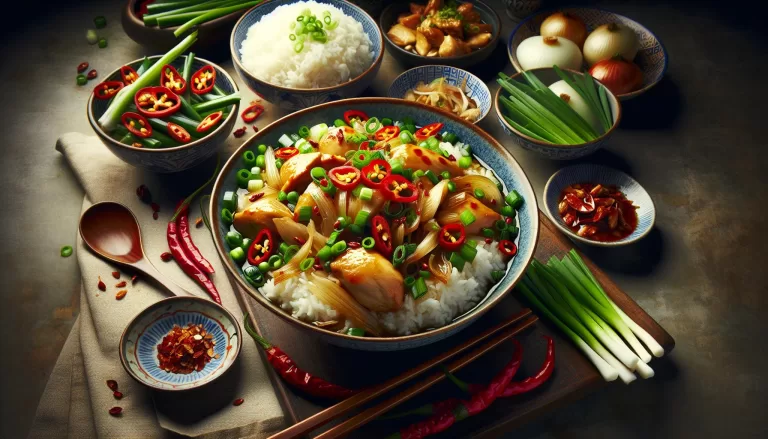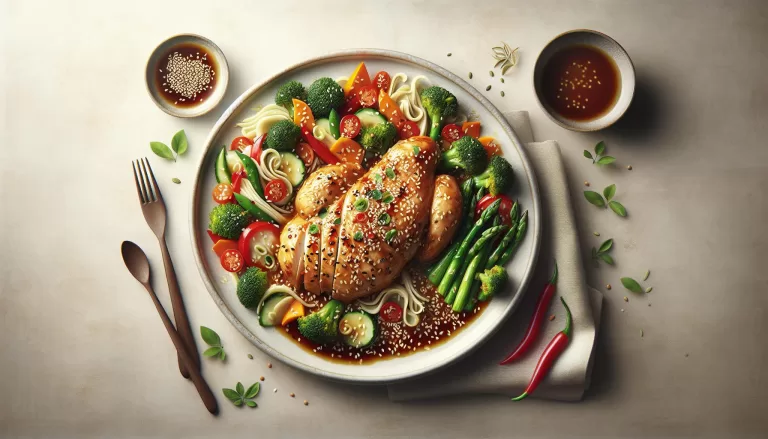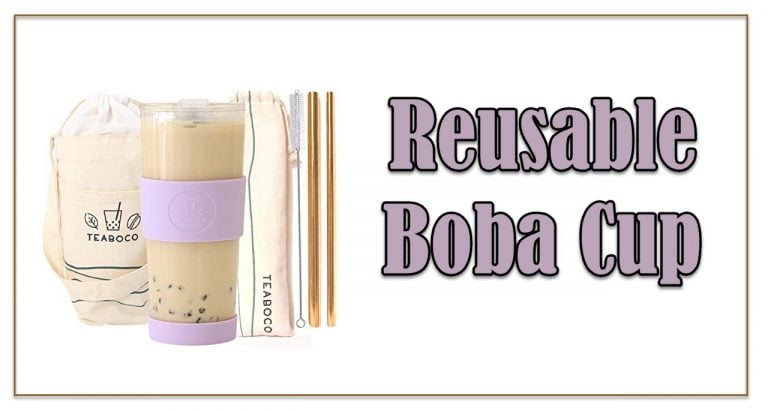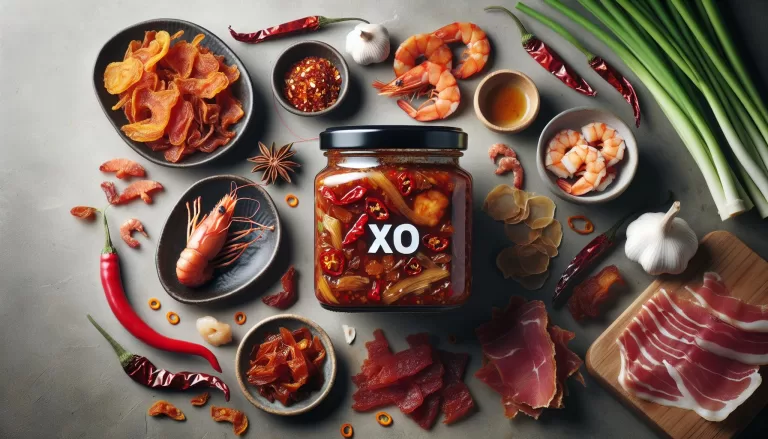Customize Your Homemade Kung Pao Shrimp Recipe Based on Spice Preferences
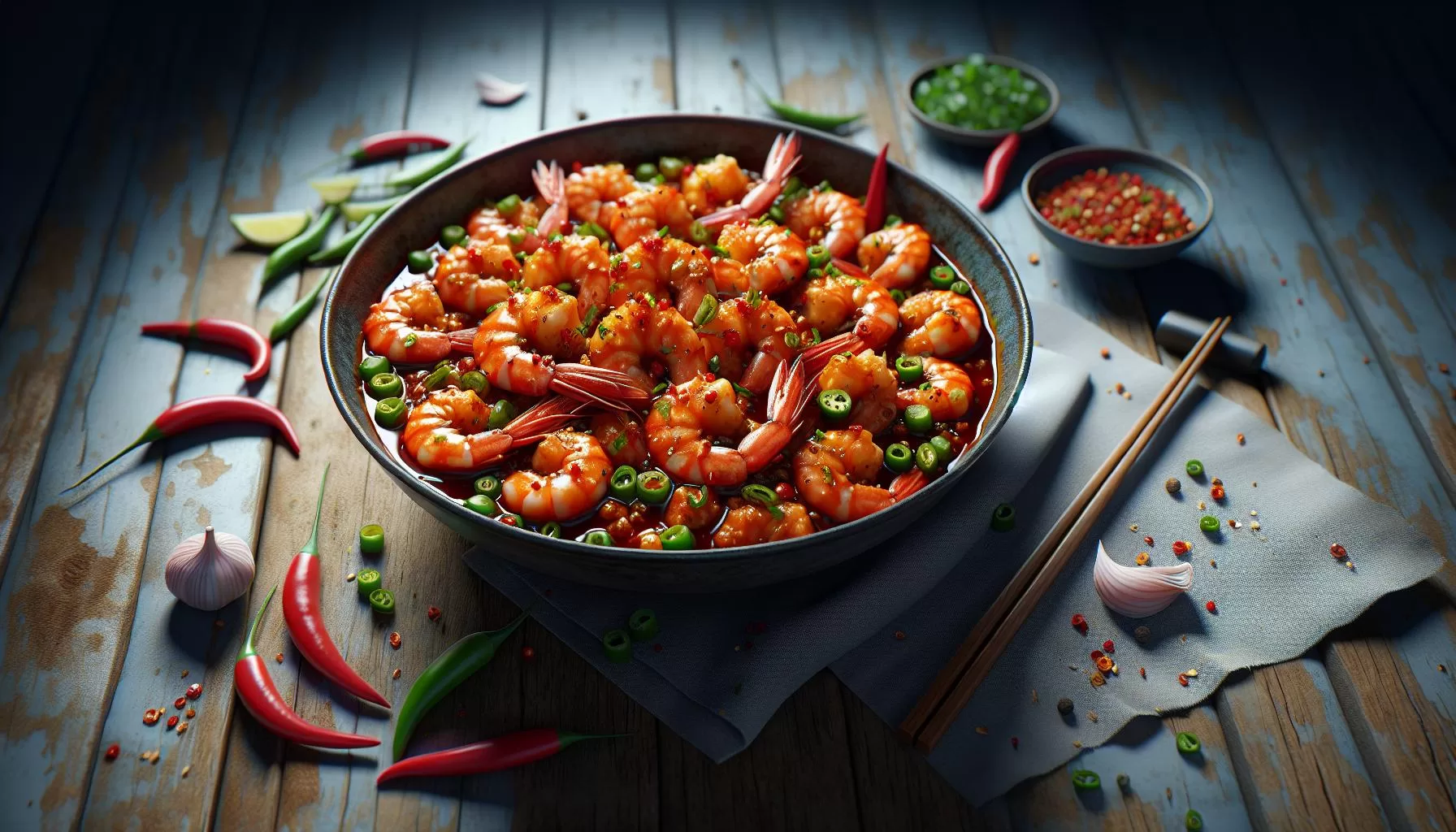
Ingredients for Kung Pao Shrimp
Mastering the art of Chinese cuisine begins with nailing the ingredients. With Kung Pao Shrimp, you’ll find the list both accessible and intriguing. Each one plays its part to create a symphony of flavors in your mouth. So, let’s dive right into what you’ll need to prepare this beloved staple.
First off, your shining star: shrimp. For a pound of these succulent sea dwelling beauties, you’re good to go. Ensure they’re deshelled and deveined to deliver the utmost quality. If you feel adventurous, why not swap your regular shrimp with tiger prawns for added flair?
The zest in your dish comes from dried red chilies. Get a handful of around eight to ten. Adjust based on your heat tolerance. Remember, make those taste buds dance, don’t set them on fire!
The humble peanut. A quarter cup of these crunchy delights to add texture. Allergic to peanuts or don’t have them handy? Swap them out for cashews or almonds. They’ll work just as well.
Here’s an ingredient that plays a surprising role in Chinese cuisine – vinegar. It’s what gives your Kung Pao Shrimp its tang. You’ll need about a tablespoon of the white or rice variant to give it that characteristic flavor.
For the savoriness, have two tablespoons of light soy sauce at the ready. If you’re watching your sodium, a low-sodium alternative works too.
Top the list with sugar and cornstarch. Two teaspoons of each will be just right. Sugar to balance that heat and tang, cornstarch to thicken your sauce to the perfect consistency.
Let’s not forget the basics – garlic and ginger. Three cloves and a tablespoon of ginger ought to do it. Mince them fine for the best results. Also, you’ll need a dash of salt.
Finally, season with a teaspoon each of Szechuan peppercorns and sesame oil.
| Ingredient | Amount |
|---|---|
| Shrimp | 1 pound |
| Dried Red Chilies | 8-10 |
| Peanuts | 1/4 cup |
| Vinegar | 1 tablespoon |
| Light Soy Sauce | 2 tablespoons |
| Sugar |
Step-by-Step Cooking Instructions

Knowing the ingredients is just the start; it’s time to put them all together. You’ll find this easy and fun with the serve-and-cook method.
Preparation Phase
- Begin by marinating the succulent shrimp in a mixture of cornstarch and light soy sauce. This coating ensures your shrimp attain a golden-brown crispness when cooked.
- As the shrimp takes in the flavors, move onto prepping your bold spices. Combine your szechuan peppercorns and dried red chilies. Remember, the quantity directly reflects on the spiciness level. Tip: if you like a milder flavor, deseed the chilies.
- Heat a good glug of sesame oil in a pan until it’s smoking hot. Now, toss in the marinated shrimp. Keep stirring to make sure each piece gets evenly cooked.
- When the shrimp turn opaque, it’s time to introduce the other players: garlic, ginger, and your spice mix. Cook until you notice a pleasant aroma wafting through your kitchen.
- Add the peanuts next and stir until they are golden. The crunchy texture of the roasted peanuts lends a nice contrast to the meaty shrimp.
- Your final phase involves adding vinegar and sugar for that punchy and tangy twist. Stir well to mix all the flavors together, and voila, your homemade kung pao shrimp is ready!
Moist yet crunchy, tangy yet sweet – this is a recipe that works well on so many levels. This is your new go-to dish. The entire family is sure to love it, and the satisfaction you’ll gain from perfecting this authentic dish is second to none.
For those interested in maintaining a healthy diet, a table highlighting the nutritional facts of homemade Kung Pao Shrimp is available in the “Nutritional Value” section.
It’s not just about the end product; enjoy the process, play around with the quantities to make the dish yours, and most importantly, have fun cooking.
Tips for Perfecting the Dish

Your Shrimp Selection can make or break your Kung Pao Shrimp. Opt for high-quality, fresh or frozen shrimp. Look for large-sized ones, 16-20 count per pound is ideal. Remember, peeled, deveined with tails off shrimp save you prep time.
It’s critical to Marinate the Shrimp. Letting your shrimp sit for at least ten minutes in the cornstarch-soy sauce blend assists in thickening the sauce later. So, don’t rush this step.
When you’re Creating the Spice Mix, don’t fear the heat! Szechuan peppercorns provide a unique, lip-tingling sensation. If you’re feeling adventurous, try adding star anise or Chinese black vinegar for a twist.
Cooking the Shrimp, there’s a fine balance when it comes to timing. Too short, they’re undercooked. Too long, they’re rubbery. Keep a keen eye and stir-fry shrimp until they’re pink but still moist.
Experiment with Quantities. Absorb the richness of knowledge in this recipe but also feel free to liberate your taste buds. If you don’t like it too spicy, lessen the chilies. If you’ve got a sweet tooth, adjust the sugar. The power’s in your hands!
When you serve your dish, let’s Keep It Fresh. Sprinkle a dash of scallions on your Kung Pao Shrimp just before serving. This step will keep the experience live and jubilant to your eyes and palate!
Nutritionally, the shrimp is low in fat and high in protein. Let’s keep counts on these too. Here’s a bit of an insight:
| Nutrition | Quantity |
|---|---|
| Calories | 225 |
| Carbs | 15g |
| Protein | 24g |
| Fat | 7g |
Serving and Presentation

Now you’ve carefully crafted your Kung Pao Shrimp, it’s time to set the stage. Presentation, after all, elevates any dish from merely delicious to truly outstanding. And believe us, the first impression is lasting.
Choosing the Right Dishware plays a big part in how your Kung Pao Shrimp is perceived. Use white or light-colored plates. The vibrant orange-reds of the shrimp and the bright greens from the scallions stand out beautifully against a lighter backdrop.
Next, portioning your dish. Avoid overcrowding the plate. You’d want to balance the elements. Place a generous scoop of your stir-fried shrimp in the center. Sprinkle that garnish of fresh scallions over top to create an enticing color contrast.
Make it a meal by Pairing with the Right Sides. An accompaniment like steamed jasmine rice or a side of crunchy stir-fried vegetables balances the zesty, spicy profile of your shrimp. Again, remember to position these on your plate without creating a clutter.
Here’s a tip for an Authentic Touch: Shallow bowls with matching spoons are a common way to serve Kung Pao Shrimp in traditional Chinese cuisine. So if you’ve those handy, go ahead and use them!
Nutrition Spotlight
Dishing up homemade Kung Pao Shrimp isn’t just about having a delicious meal. It’s also packing in nutritious goodness! Here’s a quick peek at the nutritional perks you’re serving up:
| Nutrient | Quantity |
|---|---|
| Protein | High |
| Fat | Low |
So, pat yourself on the back. You’re not just showcasing your culinary prowess, but also nourishing your body with a protein-packed, low-fat dish.
And yes, as with any recipe, always remember there’s room for variation. Feel free to tweak the ingredients and portions to suit your personal preference and dietary needs. For example, craving bolder flavors? Go a notch higher on the spice mix. Watching your carb intake? Opt for a side of stir-fried vegetables rather than rice.
Spice Level Adjustments

When it comes to the heat level, Kung Pao Shrimp offers flexibility. You can dial up the spiciness or tame it to suit your palette.
Chilies work the magic behind the spiciness in Kung Pao, but their power isn’t just about setting your mouth aflame. Capsaicin, the active ingredient in chilies, offers health benefits like pain relief and improved heart health. Let’s deep dive into how you can adjust the spice level in your homemade Kung Pao Shrimp.
Choosing the Right Chilies
The type of chilies you use can drastically affect the heat level. A fundamental rule to remember: the smaller the chili, the spicier it is. Serrano and Thai chilies are great for those who like it hot while jalapenos or Anaheim peppers work well for a milder kick.
Adjusting Quantity
The number of chilies you use also changes your dish’s heat. Playing around with quantities gives you a hotter or milder Kung Pao Shrimp. Of course, it’s easier to control spice levels when dealing with larger chilies. They offer a more balanced heat, easier to handle for most.
When to Add Chilies
Adding chilies at different stages of the cooking process changes the spiciness too. If you add them early, they offer a subtle, evenly distributed heat. For a sharper, more concentrated kick, add them towards the end. Test and see what works best for you.
Conclusion
So there you have it. You’ve now discovered the secret to tailoring your homemade Kung Pao Shrimp’s spice level. It’s all about the chilies you choose and when you add them into the mix. Remember, it’s not just about the kick, but also the health benefits that come with it. From pain relief to heart health, capsaicin in chilies has got you covered. Whether you’re a fan of the fiery Serrano or prefer the milder jalapeno, you’re in control. With this newfound knowledge, you’re set to create a Kung Pao Shrimp dish that’s just right for your palate. It’s time to dive into the world of flavors and spice up your home cooking. Enjoy your personalized dining experience with the perfect homemade Kung Pao Shrimp.

